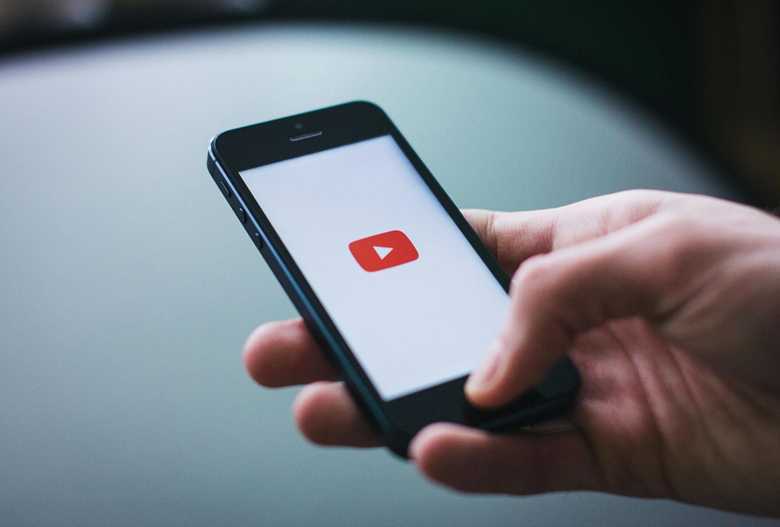Introduction
Today, whichever business you deal
in and whoever you are, your website stands as your professional and engaging
impression. But developing one from scratch becomes one of those obvious,
overwhelming, and daunting tasks for everyone who doesn't belong to a tech
background.
Enter AI website builders – a
revolutionary tool that simplifies the web design process, making it accessible
to everyone. By leveraging the power of artificial intelligence, these
innovative platforms can design a website tailored to your specific needs and
preferences, all within a matter of minutes. In this blog, we will explore the
benefits of using an AI website builder, how it works, and why it might be the
perfect solution for your web design needs.
What role does AI play in web design?
The field of web design has quickly
advanced thanks to AI tools, which have given designers a wide range of tools
to improve the creative process and expedite agency workflows. Here are some
examples of using AI.
1.Proposing concepts for web design
AI can assist designers in
overcoming blockage. It's highly likely that you've heard about ChatGPT, a
sophisticated generative AI chatbot that uses text as input and produces output
in response. Ask ChatGPT to "Suggest ideas for a promo page that sells
shoes," for example, and it will provide you with a list of potential
suggestions.
To obtain a more pertinent response
to your inquiries, you can also pose follow-up queries. Say something like,
"Give me five more ideas," and the tool will come up with some more
if you're not happy with the ones it came up with. According to founder and
strategist Zoe Scaman's Twitter, one great application of these AI tools in
strategy work "is to get the obvious, clichéd and overused angles out of
the way, fast." You'll be able to focus on novel and inventive approaches
to a concept.
2. Offering support for user research
To create the perfect design, it is
essential to comprehend the needs of your target audience. Online professionals
need to conduct user research, but sometimes they can't because of budgetary
and time constraints. AI methods can be applied to target audience research,
such as building a consumer profile for a shoe website.
But before using the information,
make sure it is fact-checked from reliable sources. For in-depth investigation
of analytics data, tools like Hotjar or Google Analytics can be quite helpful.
You can assist with client inquiries by exporting data as a file and uploading
it to ChatGPT or Claude, an intelligent AI chatbot.
3. Creating mental pictures
Designers frequently utilise stock
picture banks like Stocksy to get the perfect photos because they are essential
in communicating client messages. With the use of several picture styles,
AI-powered applications such as Midjourney, Dalle-3, and Wix Studio may produce
customised images in response to text cues. However, there's a chance that
AI-generated photos won't faithfully represent people, which might cause
problems.
Although AI technologies can be
useful in the creative process, they are not as distinctive as human artists.
Experienced photographers and computer graphics artists can offer a customised
approach and improve a website through professional relationships and audience
reach, if time and money permit. According to US Copyright Law, photographs
produced by AI technologies are not regarded as "works of authorship"
since they lack human authors, they are not deemed "works of
authorship" under US copyright law.
4. Producing videos
Two AI systems that can create
films from a written prompt or static image are Pikalabs and Runway Gen-2. (Wix
Studio AI will soon be able to do this.) Use video AI web design tools to
instantly add visual interest and a high-end vibe to your client's website. You
may use them to build a landing page video background or convert a static photo
of your client's product into a video preview.
As with Midjourney and Dalle-3, you
can adjust the output results by modifying the text prompt, including pertinent
facts, or adding visual effects (such as zooming in or moving the camera).
5. Producing authentic copies
Web designers can create content
that is customised for their clientele by using tools like Google Bard, Claude,
and OpenAI's ChatGPT. These resources are great for lengthy or detailed copy
requirements, and the text creation powered by ChatGPT in Wix Studio is capable
of handling specific website copy requirements.
For a website to have a more
appropriate visual hierarchy and better information block alignment, realistic
text is essential. Some people do, however, prefer Lorem Ipsum filler that is
generic. The ideal technology is determined by the particular needs of the
client.
6. Coding is done
AI code generators are very handy
when you need a new strategy, when you can't figure out what's wrong with the
code, or when you urgently need a custom piece. Here are a few tools that you
can try. First, use Wix Studio's AI code generator to create code snippets in
the editor while maintaining a fluid design process. As an alternative, tools
like ChatGPT, Claude, and GitHub's Copilot can produce good code samples for
specific web components like input forms. These tools are helpful because they
help web workers become better coders by providing an explanation of the logic
behind the code they supply.
AI-generated code samples need to
be moderated and refined. For code submission and mistake correction, only
ChatGPT and Claude are available, but not for other scenarios.
Conclusion
AI website builders revolutionise
web design, making it accessible and efficient for all, regardless of technical
skills. They assist in generating design concepts, user research, visual
creation, video production, content drafting, and code writing. However, human
creativity and expertise are still crucial for a unique and effective website.
AI website builders balance automation and personalization, enabling
professional, tailored websites that stand out in the digital landscape.
Author Bios:
- Dr. M. Senthil Kumar
- Mr. S. Azarudeen
- S. Manoj







Comments
Post a Comment